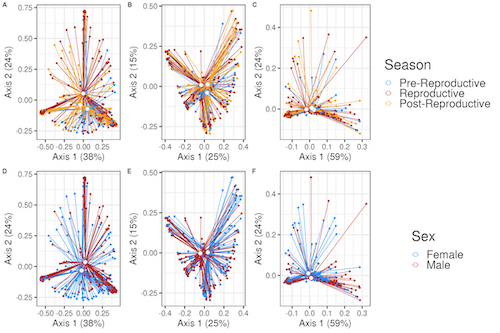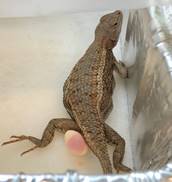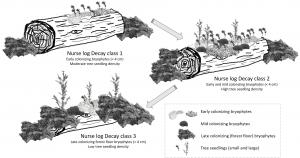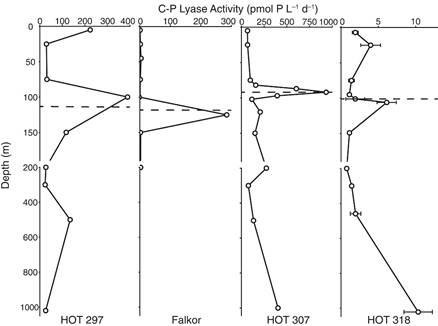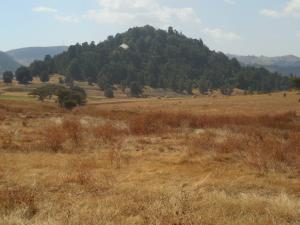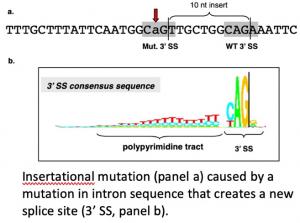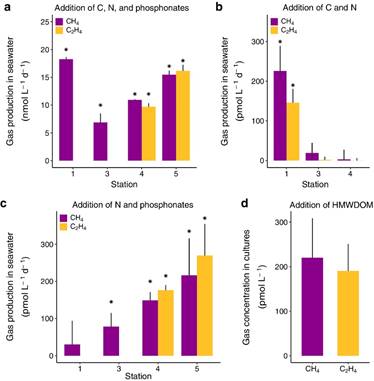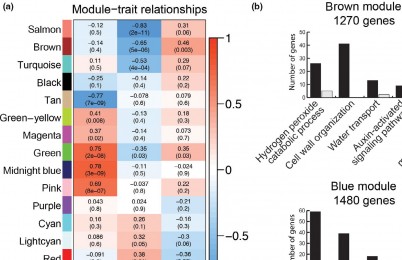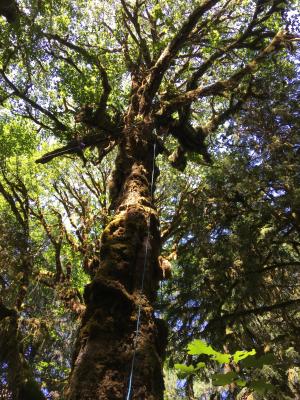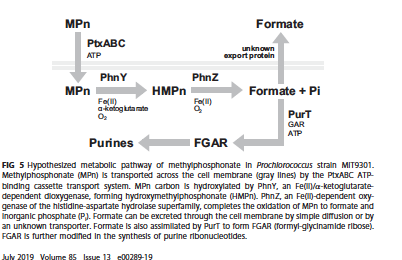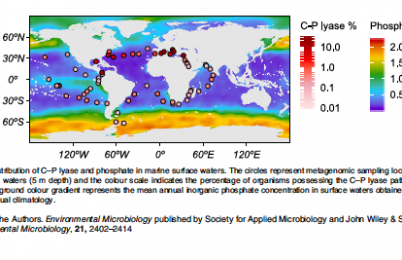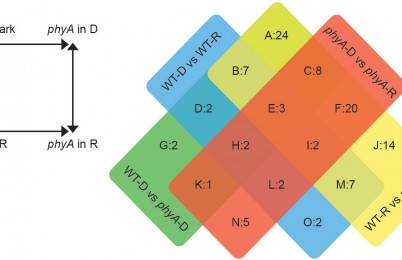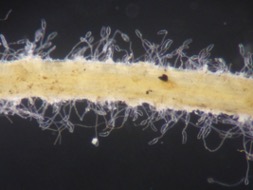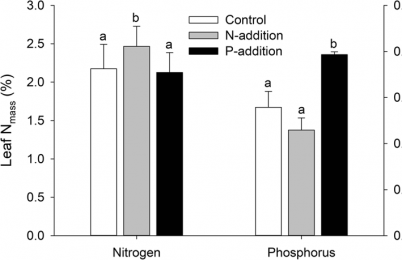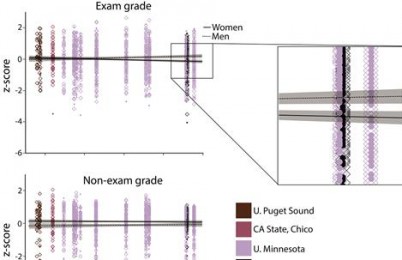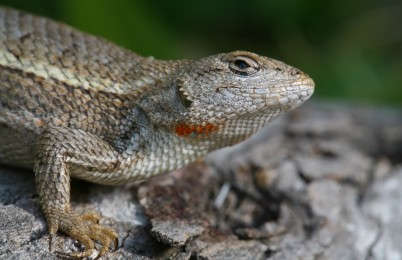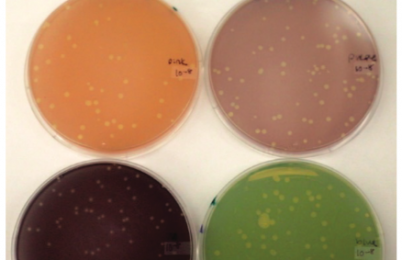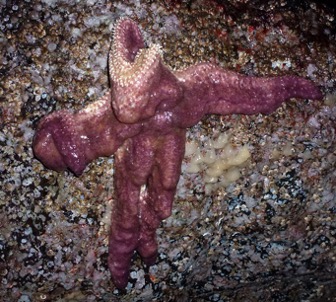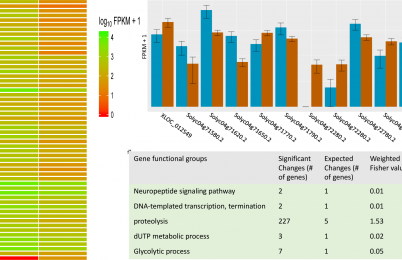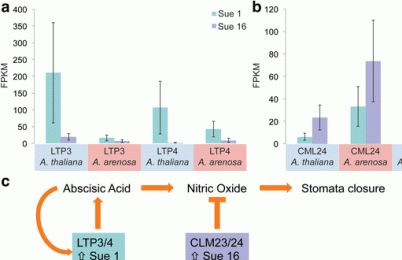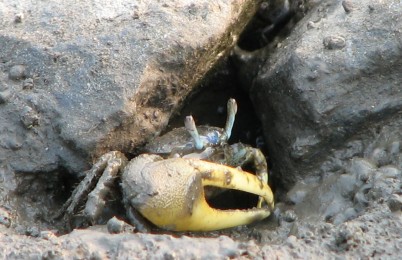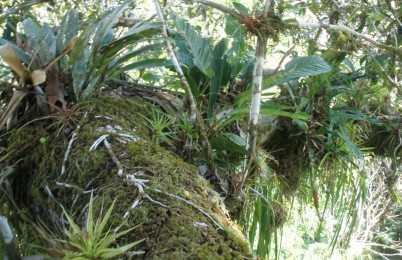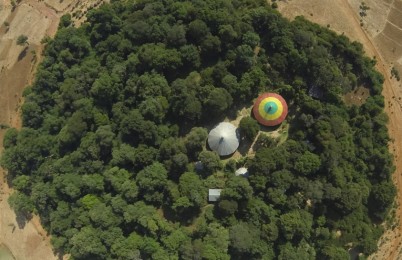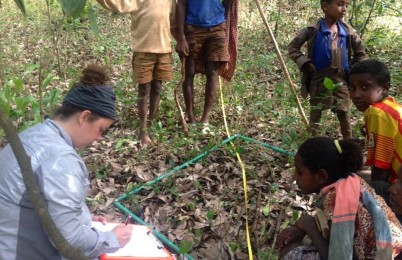Published: April 23, 2021
Plant functional traits impact the fitness and environmental niche of plants and inform plant functional types. Yet trait data on epiphytes are scarce despite epiphytes representing almost 10% of vascular plants. In a large collaboration among epiphyte researchers, we collated 76,561 trait observations for 2,882 species of vascular epiphytes and compared these to non-epiphytic herbs and trees to test hypotheses related to how the epiphytic habit affects traits, and and if epiphytes occupy a distinct region in the global trait space. Epiphytes differ from ground-rooted plants mainly in traits related to water relations and exhibit variation among major epiphyte groups.
Hietz, P., K. Wagner, F.N. Ramos, J. S. Cabral, (alphabetical from here) C. Agudelo, A.M. Benavides, M. J. Cach-Perez, C. Cardelus, N. C. Galvan, L. E. Nascimiento da Costa, R. de Paula Oliveira, G. J. R. Einzmann, R. de Paiva Farias, V. G. Jacob, J. Kattge, M. Kessler, C. Kirby, H. Kreft, T. Kromer, J. Males, S. M. Correa, M. Moreno-Chacon, G. Petter, C. Reyes-Garcia, A. Saldana, D. S. Costa, A. Taylor, N. V. Rosas, W. Wanek, C. L. Woods, and G. Zotz. (2021) Putting vascular epiphytes on the traits map. Journal of Ecology. 110:340-358
Read More
